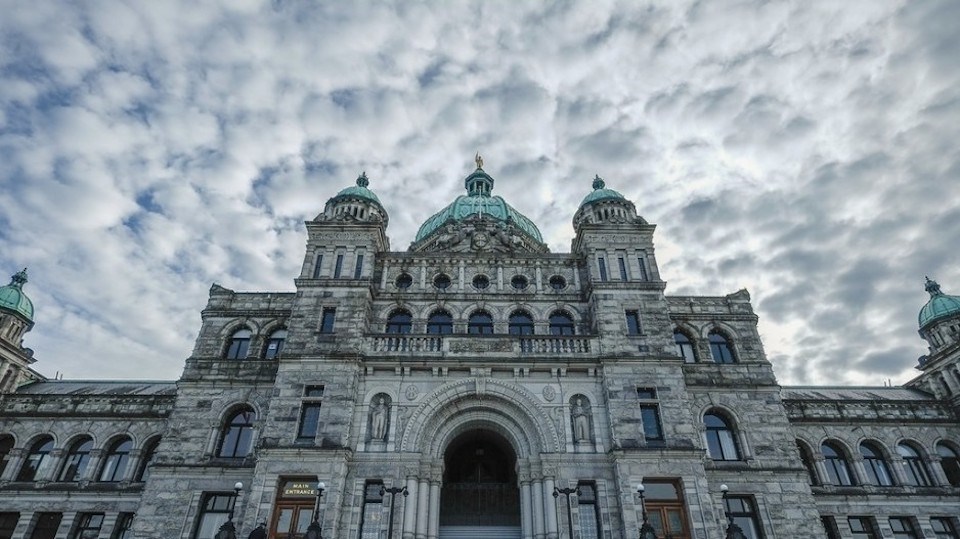The most striking aspect of the Eby government’s first budget was the eye-popping deficit and debt projections.
The budget forecasts a cumulative $11 billion deficit over the next three years. After accounting for long-term capital spending, the province’s net debt will grow by $39 billion.
All this new debt comes at a cost. Annual debt interest payments will increase by 45 per cent between 2022 and 2025.
As British Columbians survey this fiscal mess and try to figure out how the government can clean it up, it’s important to understand how it was made. British Columbia’s massive debt binge began roughly six years ago when the provincial government ended a lengthy period of fiscal discipline and embarked on a prolonged spending binge.
First, a little history. From fiscal year 1999 until 2016, the sa国际传媒 government exercised restraint with taxpayer money. Spending increased enough to offset cost pressure from inflation and population growth, but little more than that. As a result of this approach, inflation adjusted per-person spending grew at an average annual rate of $44 per year over this 17-year fiscal era.
sa国际传媒’s approach produced enviable fiscal outcomes compared to provincial governments that spent more freely. For example, the government debt burden (relative to the size of the provincial economy) soared in Alberta and Ontario as spending grew while sa国际传媒 avoided a similar fate.
In recent years, however, sa国际传媒’s approach to spending has changed dramatically and the rate of spending growth has rapidly accelerated. This change in the government’s approach long preceded the pandemic. From fiscal year 2016 to 2019, the last year before the pandemic, annual per-person spending (after adjusting for inflation) increased by $401 per year.
As it did in many jurisdictions, spending surged in 2020 partly in response to the pandemic. However, one of the most noteworthy features of the Eby budget is that it maintains spending this year at the same elevated level as at the height of the pandemic, with forecasts of only mild reductions in the years ahead. Given that governments often overspend relative to projections, particularly in the “out years” of their budgets, it’s far from a sure thing that even these mild reductions will come to pass.
Due to these spending increases, the government has run large deficits and experienced rapid debt growth. If the government since 2017 had maintained the fiscally disciplined approach that prevailed in the 1999-to-2016 restraint era, the province’s debt outlook would be dramatically brighter.
Since 2017, sa国际传媒 has ramped up spending quickly and the latest budget shows that the provincial government’s chickens are coming home to roost. Thanks to the government’s big spending ways, taxpayers will be the hook for big deficits, rapid debt growth and rising interest costs for the foreseeable future.
Ben Eisen and Tegan Hill are economists with the Fraser Institute.


